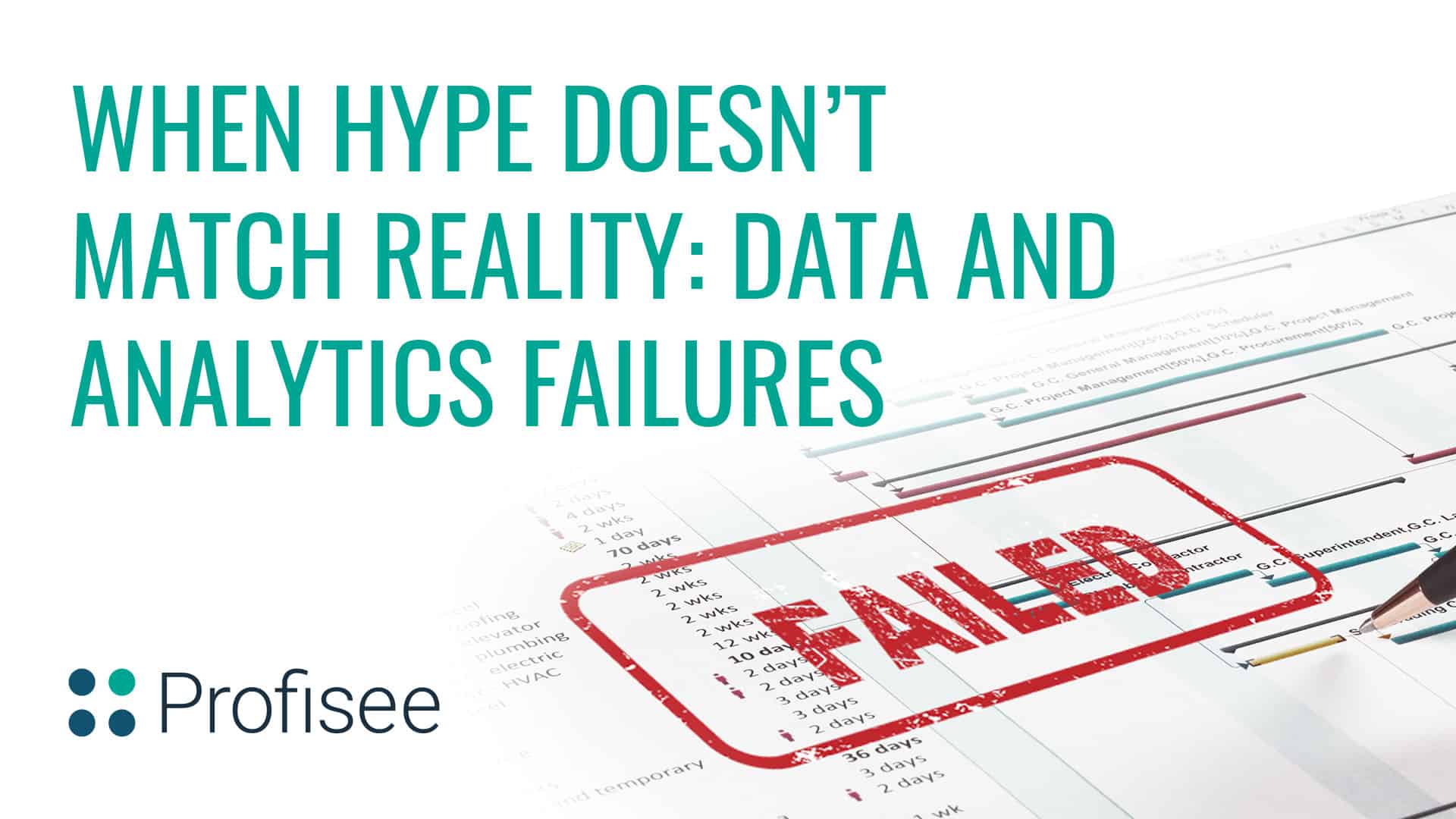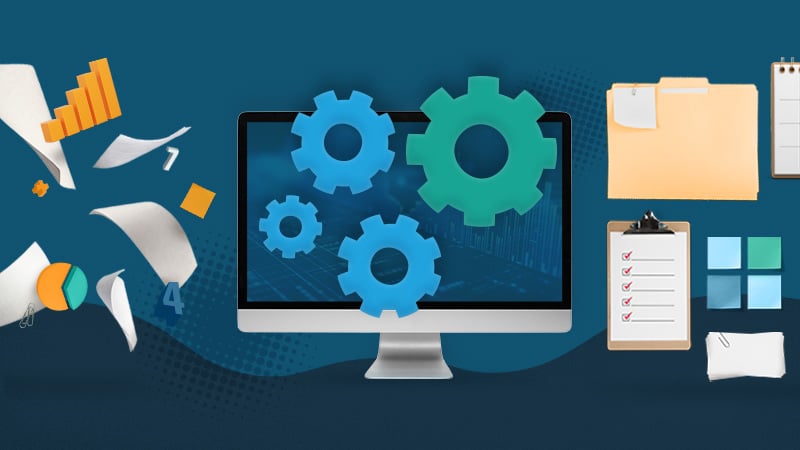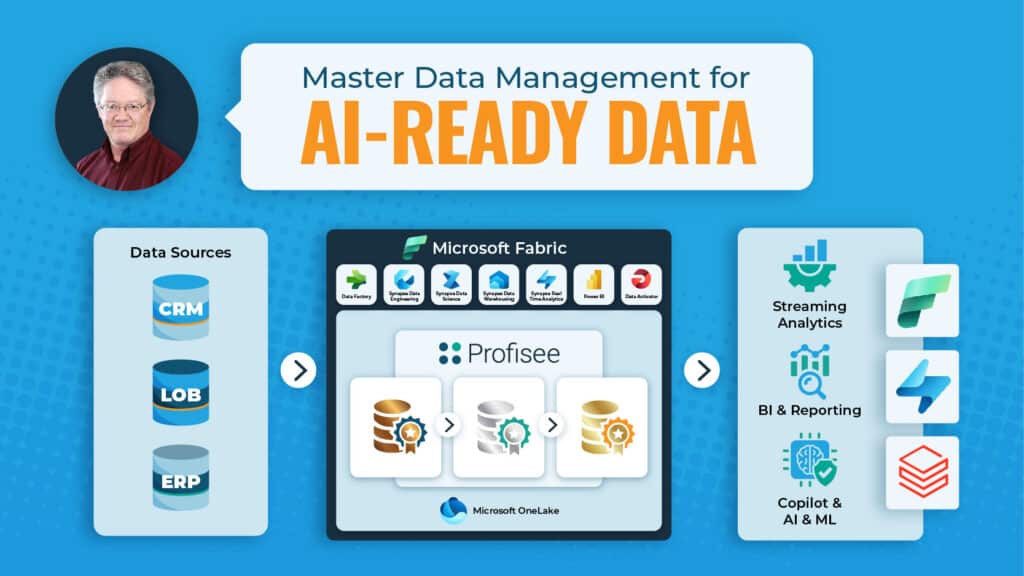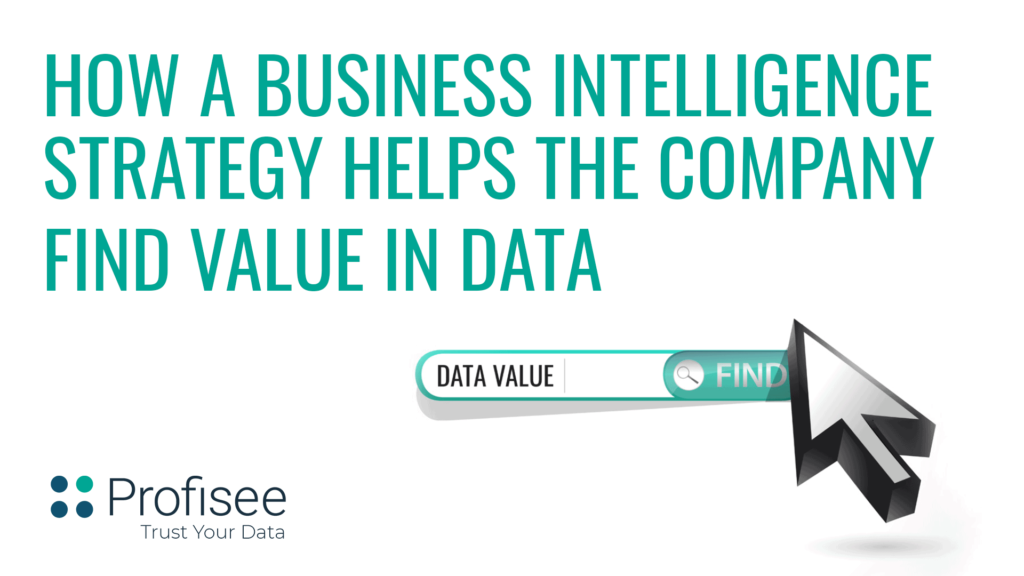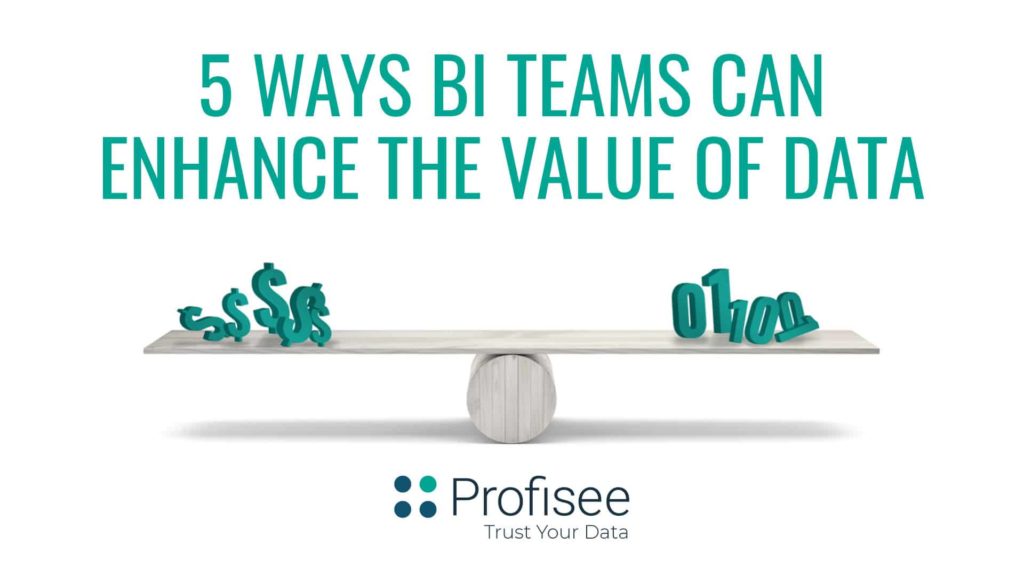We’ve all been there before – your company decided on some new enterprise wide data and analytics platform; and now you are on the hook to implement it and ensure its success.
Gartner researchers estimate that over 80% of big data projects failed in 2017.
Minimizing the risk of your data and analytics strategy failing should absolutely be a part of the project plan. While failure may be common for some, there are ways to prevent that from happening to you. It’s all about your data and analytics mindset and focus; let’s examine.
You lack the right data questions to ask
Good questions are the foundation of data and analytics success. In fact, asking good questions is an underrated success skill. To get your thinking underway, brainstorm questions you can ask that impact strategic business decisions, enhance business performance or mitigate some type of risk for example. As you think about these questions, remember there are two types of questions to ask – ineffective and effective questions. Let’s explore some of these types of data analytics questions.
Ineffective Questions are typically too broad, vague or open-ended:
- Why is our competitor attracting customers faster? (too broad)
- What is the impact of cybersecurity breaches on our customers? (too broad)
- What should the customer experience look like? (open-ended)
Effective Questions are usually specific in nature with a clear answer:
- What customer behavior patterns occur 30 days before a credit card cancellation?
- What is the bankruptcy likelihood of direct customers vs. customers acquired through partnerships?
- How many customers have two or more products?
- Does that relationship with two or more products mean they are more likely to upgrade to an even larger product solution?
- When customers call in for service, does the agent actually see the full view of the customer’s portfolio?
And while it is critical to ask the right questions, the quality of the data you are working with matters too.
You are analyzing garbage data and don’t even know it
Once you have landed on what types of questions you need answers to, you’ll need to aim those questions at worthwhile data. Our view? Assume your data is low quality until you can prove otherwise.
The first step in any data quality assessment lies in reviewing whether you have fallen victim to common data quality traps.
The three common causes of low-quality data:
- Failure to understand the data source. This is data 101, yet many analysts never take the time to check where the data is coming from. Even better, talk to the users who actually enter the data. Sometimes users enter low quality data because they assume nobody else actually uses, looks at or analyzes the data.
- Failure to know your data quality trend. No data source has perfectly stable data quality. You need to assess data quality over time. Experian, the marketing data company, has some useful tips on how to test data quality.
- Quality of master data. Without master data management tools and processes in place, quality is likely to degrade. Nobody intends to make mistakes — it is simply a question of small inconsistencies and different work practices adding up to bad data quality over time.
Your data and analytics output is hard to consume
Who is the most critical consumer of your data analytics work? If you answered “my fellow data experts in the organization,” you’ve just missed the mark.
Too many data scientists and analysts suffer from a familiar expert’s curse – they speak to their peers. Instead, you need to connect your data to business outcomes and problems. For a bank, you might be concerned about fraud and return on investment. For a retail organization, you need to bridge the gap across the omnichannel customer experience – so capturing information that helps tell the story makes data and analytics that much friendlier to consume.
Use these best practices to redesign hard to consume data analytics reports:
- Adopt A Flexible Mindset. Rather than assuming you know best, view your data reports and presentations as experiments. Your goal is simple – make the data easy to consume for your audience.
- Start Presenting Your Data and Analytics To A Live Audience. Do you prefer to email your data reports and call it a day? That’s one way to fail at data analytics: present your data live so you can gather feedback real time.
Protip: You are the data and business intelligence expert but don’t let the expertise blind you to what information your audience needs and be sure to make your reports and presentations easy to consume.
You are confusing descriptive and predictive data analytics
Yes, this is a beginner mistake, but it is a crucial failure point to cover. You and your team may be swimming in data and statistics all day, but your audience may not know the difference. How do you decide where to focus your time and attention? We recommend starting with descriptive data analytics.
Find out if you are failing in descriptive data analytics by using these tips:
- Solve Delivery Difficulties. Are you able to deliver data reports on time every month? If you have this kind of fundamental operations problems, you need to get those fixed immediately.
- Add The Story. How many times have you received management reports and data reports without commentary? Put yourself out there and offer a story to explain the data. You also tell a richer story by combining data from different systems. Hint: the best stories involve heros overcoming challenges. Who is the hero of your data story? What obstacles will they overcome?
Once you have improved your descriptive analytics, move up to predictive analytics.
- Make Your Predictions Falsifiable. It must be easy to disprove your prediction. In online marketing, A/B testing website features to see which ones bring in more sales. In that scenario, you can tell which test did not provide better results.
- Tie Your Predictions To Business Fundamentals. Some experts are exploring how to use predictive analytics to plan out maintenance for high-value assets. What is valuable to predict in your company?
Your data and analytics tools are not up to the job
How do you know if your data and analytics tools and software are holding you back?
Check your situation by using the following questions:
- Manual Integrations. When your data analytics relies on a person coordinating data by hand? You’ve fallen into the trap of relying on manual integration.
- No Automation Options. Most BI tools have different types of pre-made reports. That’s not enough to cut it anymore. You need the ability to program and run reliable automation tasks.
- Quality of the Data for the Tools. No matter how great the BI/analytical tool, a trusted data foundation is critical to achieving success. With master data management, you have a trusted solid foundation to build on. Your predictions and margins of error will fall away and you can be more confident in your results.
Your Take Away
It’s easy to get excited with the new, shiny object, i.e. your newest data and analytics platform. However, you want to set yourself up for success, so before you get too caught up in the hype and promise, be aware of these five data and analytics failures. It’s better to be prepared and make sure your data management plans include analytics success strategies, rather than find yourself defending the results of
a failed implementation.

Forrest Brown
Forrest Brown is the Content Marketing Manager at Profisee and has been writing about B2B tech for eight years, spanning software categories like project management, enterprise resource planning (ERP) and now master data management (MDM). When he's not at work, Forrest enjoys playing music, writing and exploring the Atlanta food scene.







